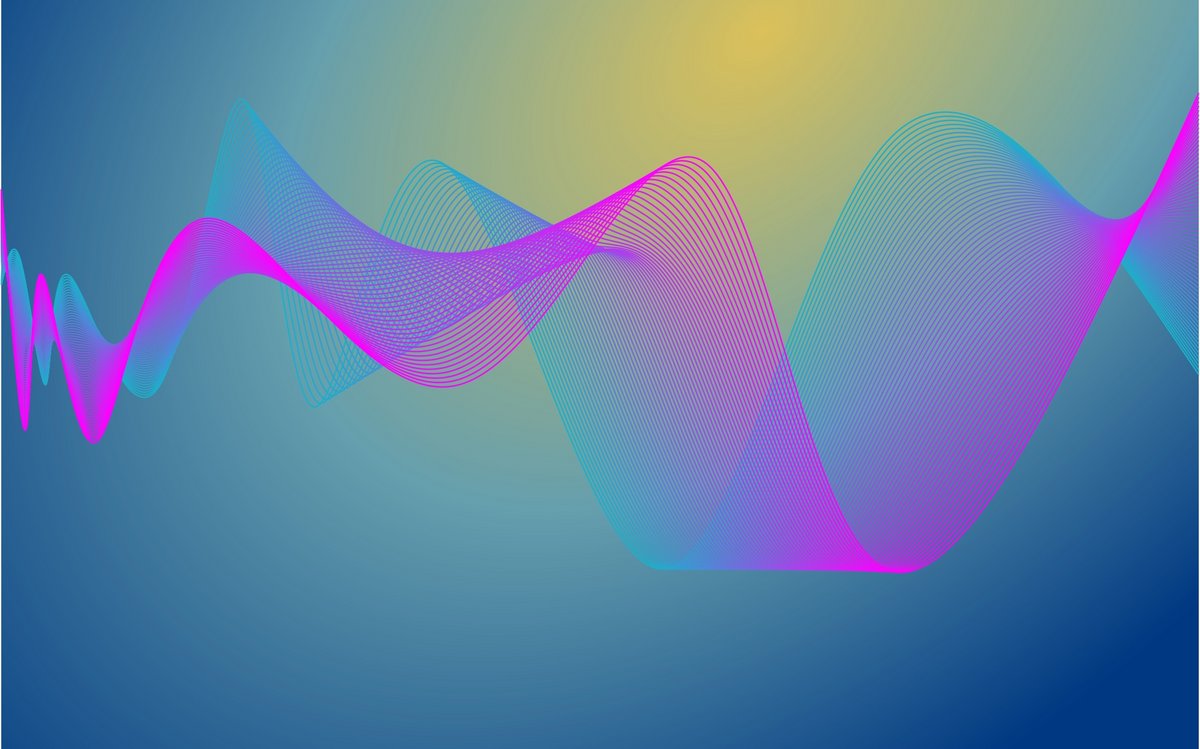
Digital Signal Processing
Content
This introductory course on digital signal processing covers
- discrete-time signals and systems
- digital filters
- discrete-time Fourier analysis
- Fourier analysis using the fast Fourier transform
- Computing in the frequency domain
Exercises include programming using MATLAB. For this course computing with complex numbers is essential and will be introduced.
Prerequisites
None, if taken as a master course.
If taken as an advanced course in the bachelor program:
- basic math courses offered in our bachelor programs
- algorithms and data structures
- introduction to computer science including programming
Course Literature
- Alan Oppenheim, Ronald Schafer, John Buck, Discrete-time Signal Processing, Prentice-Hall, 2010.
- Alan Oppenheim, Ronald Schafer, John Buck, Zeitdiskrete Signalverarbeitung, 2. Auflage, Pearson Studium, 2004.
- Vinay Ingke, John Proakis, Digital Signal Processing using MATLAB, Third Edition, Cengage Learning, 2012.
Literature on Complex Calculus
DSP Book References
DSP Demo Program
The DSP Demo, produced by Le Duan, currently runs on Mac OS X.
It is open source at https://github.com/QtSignalProcessing/QtSignalProcessing.
